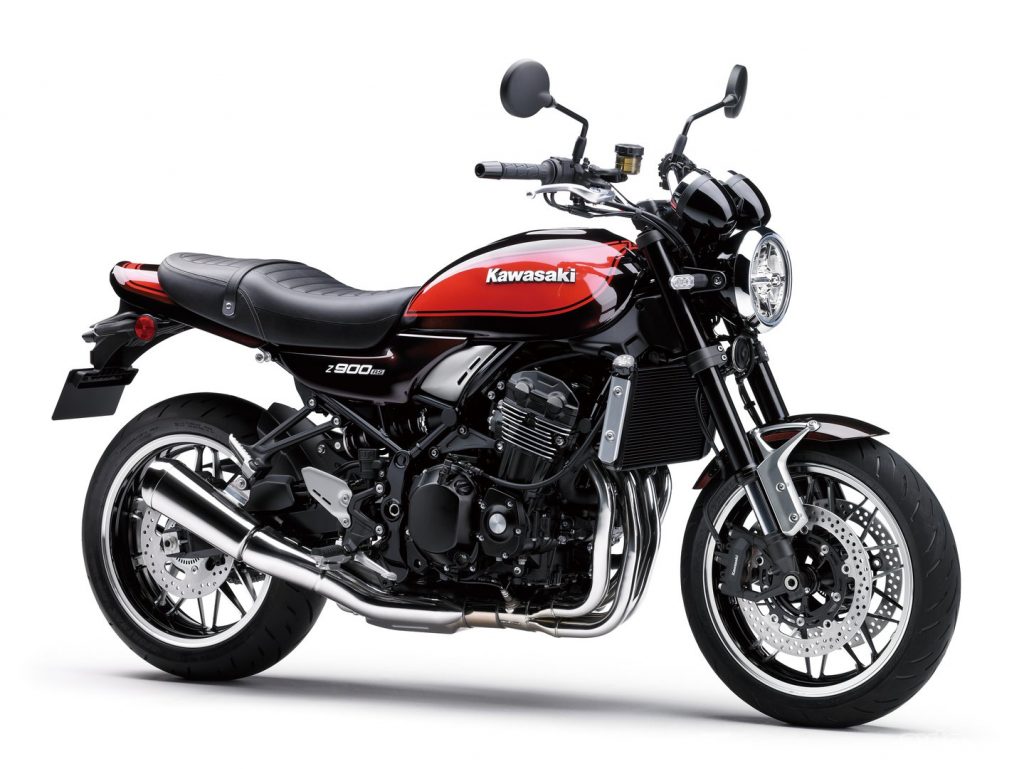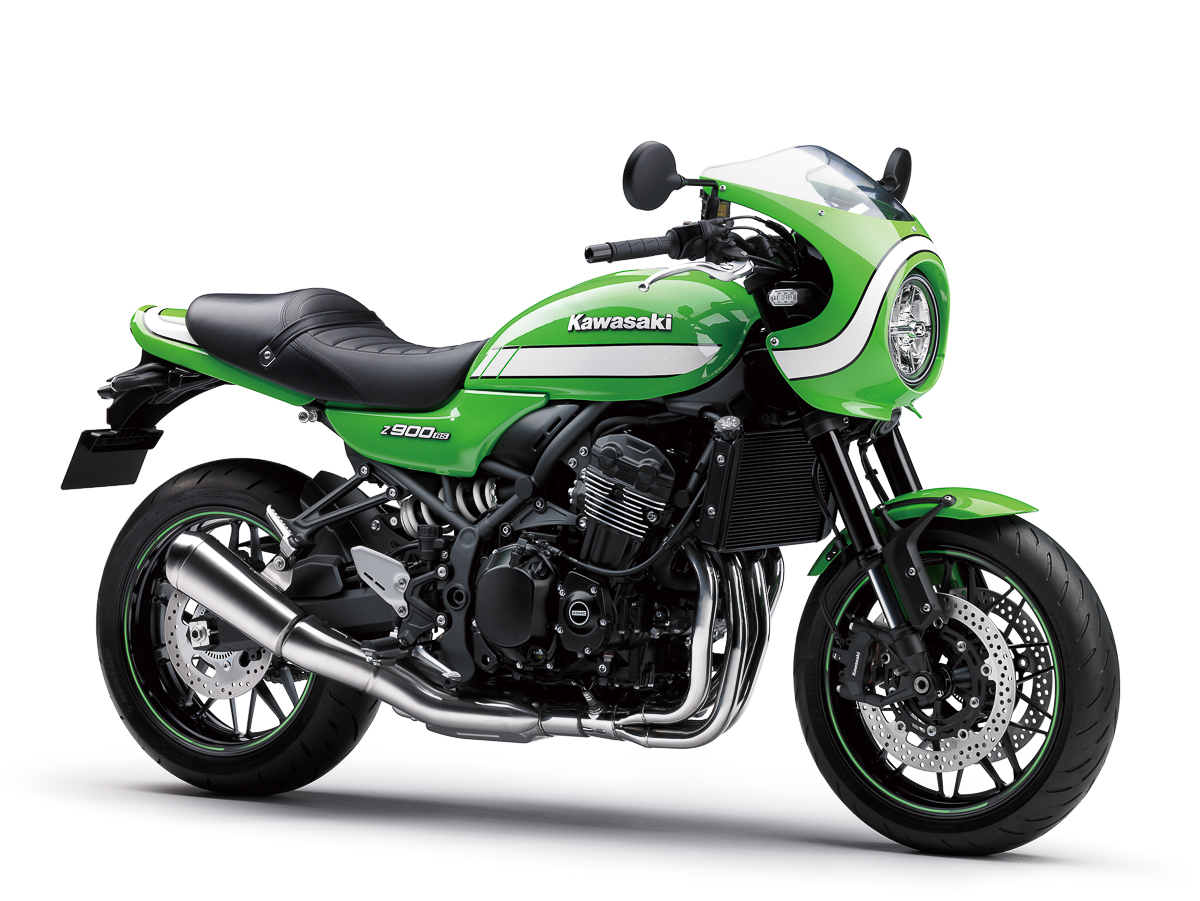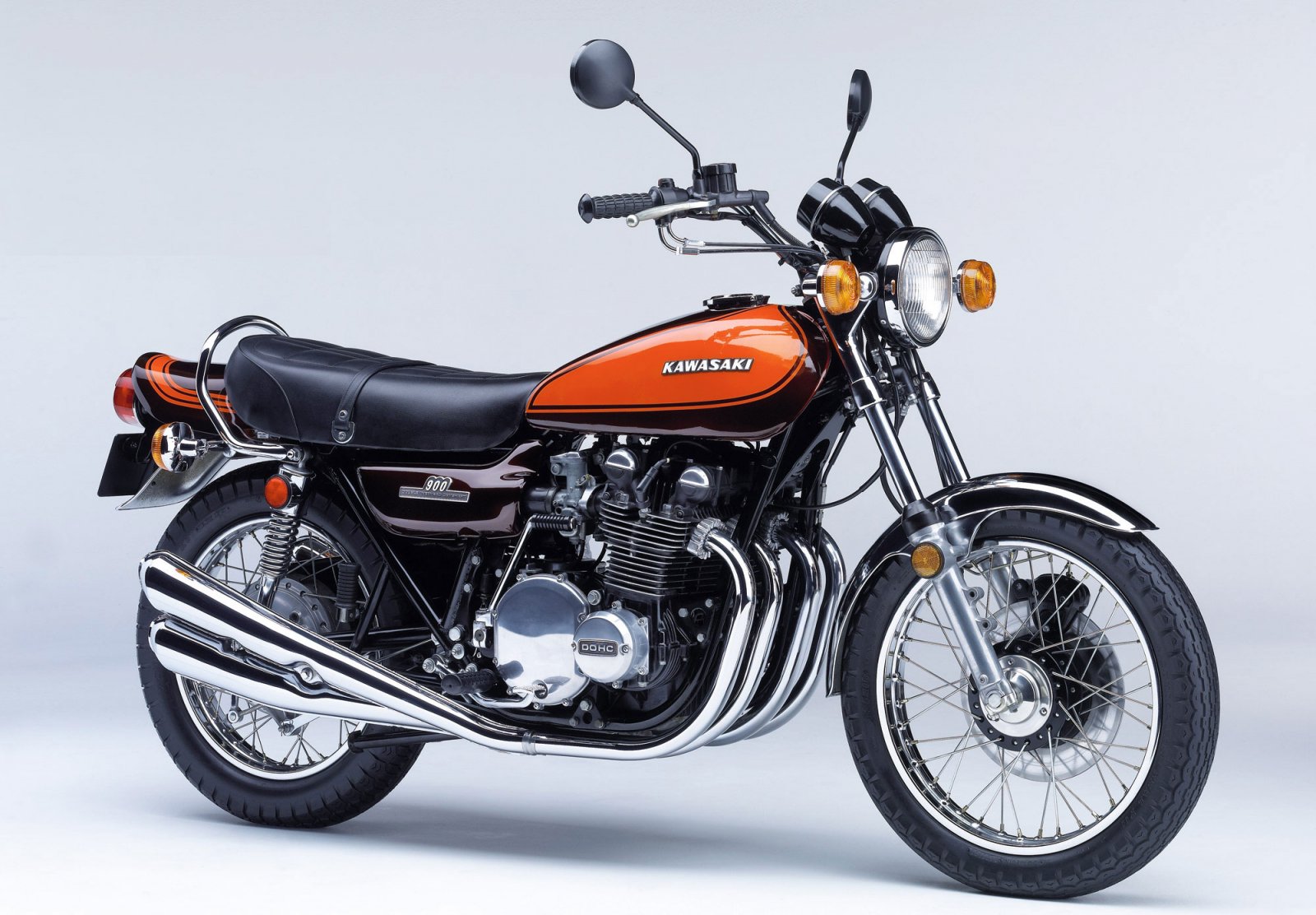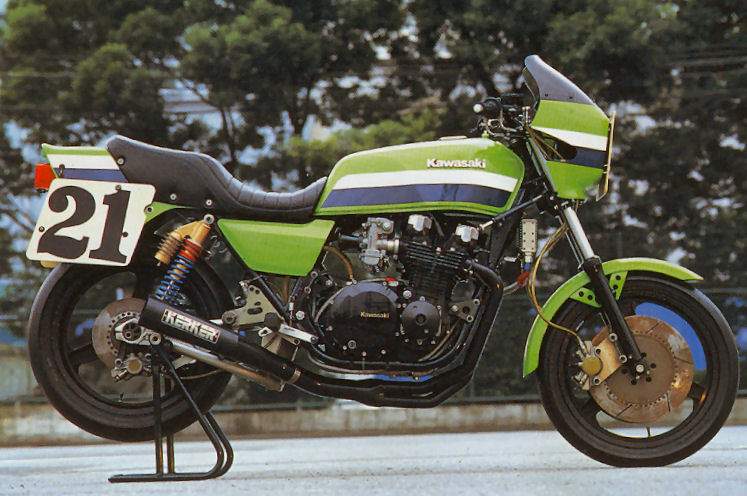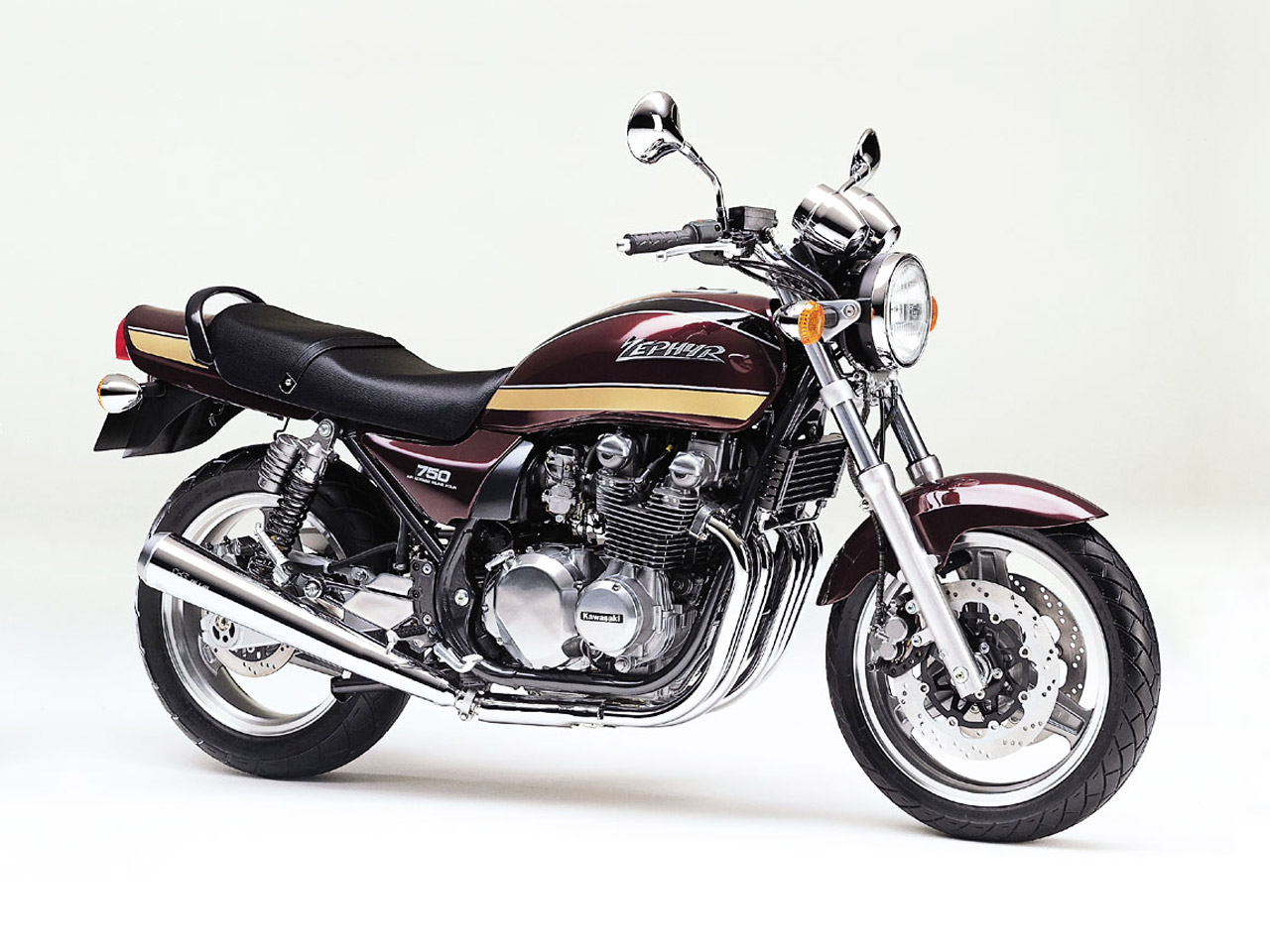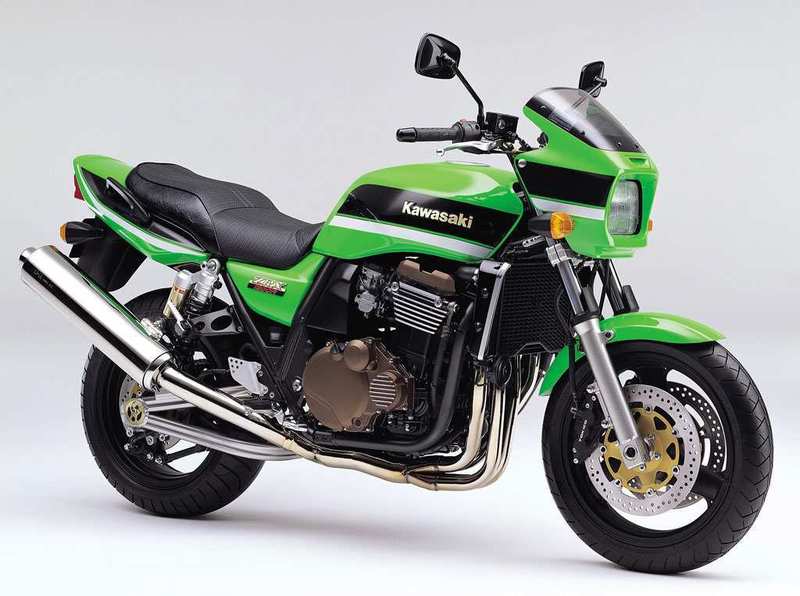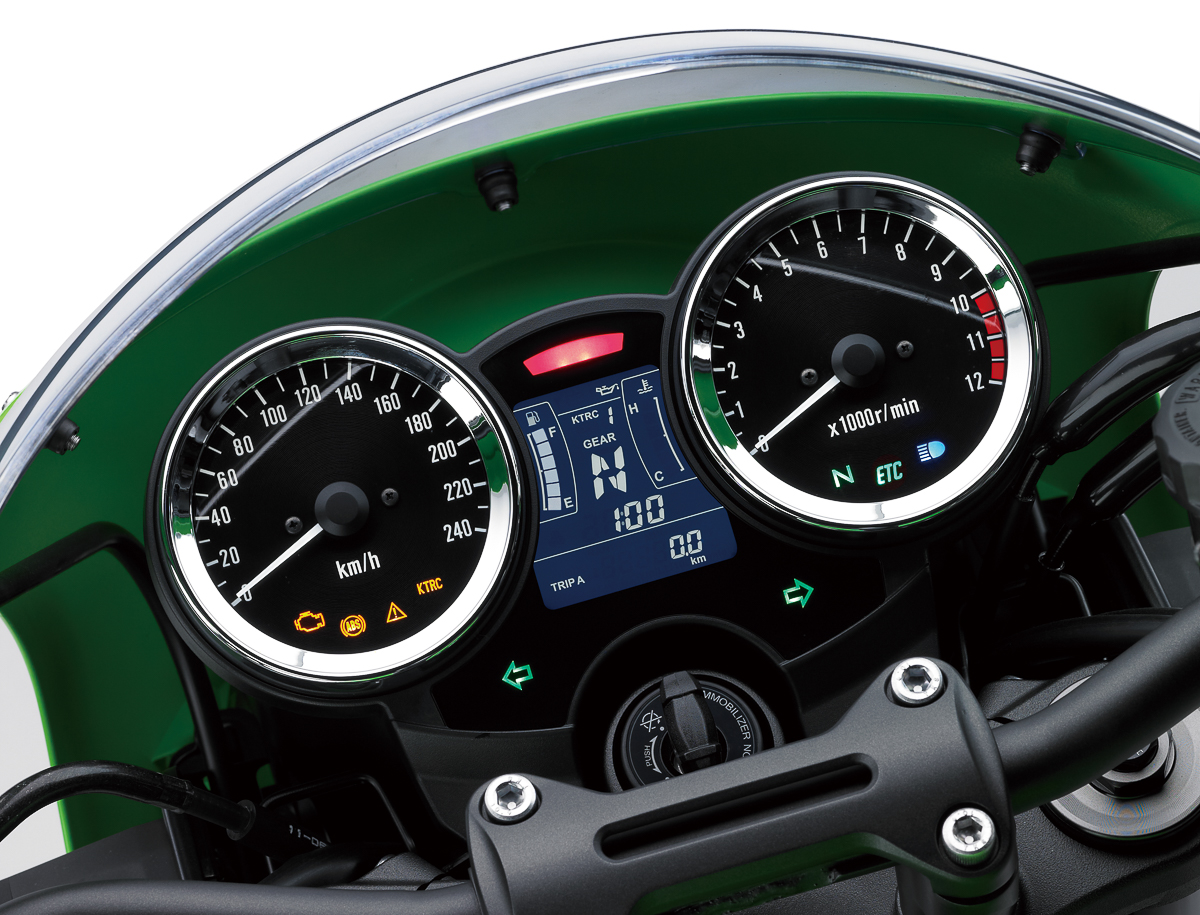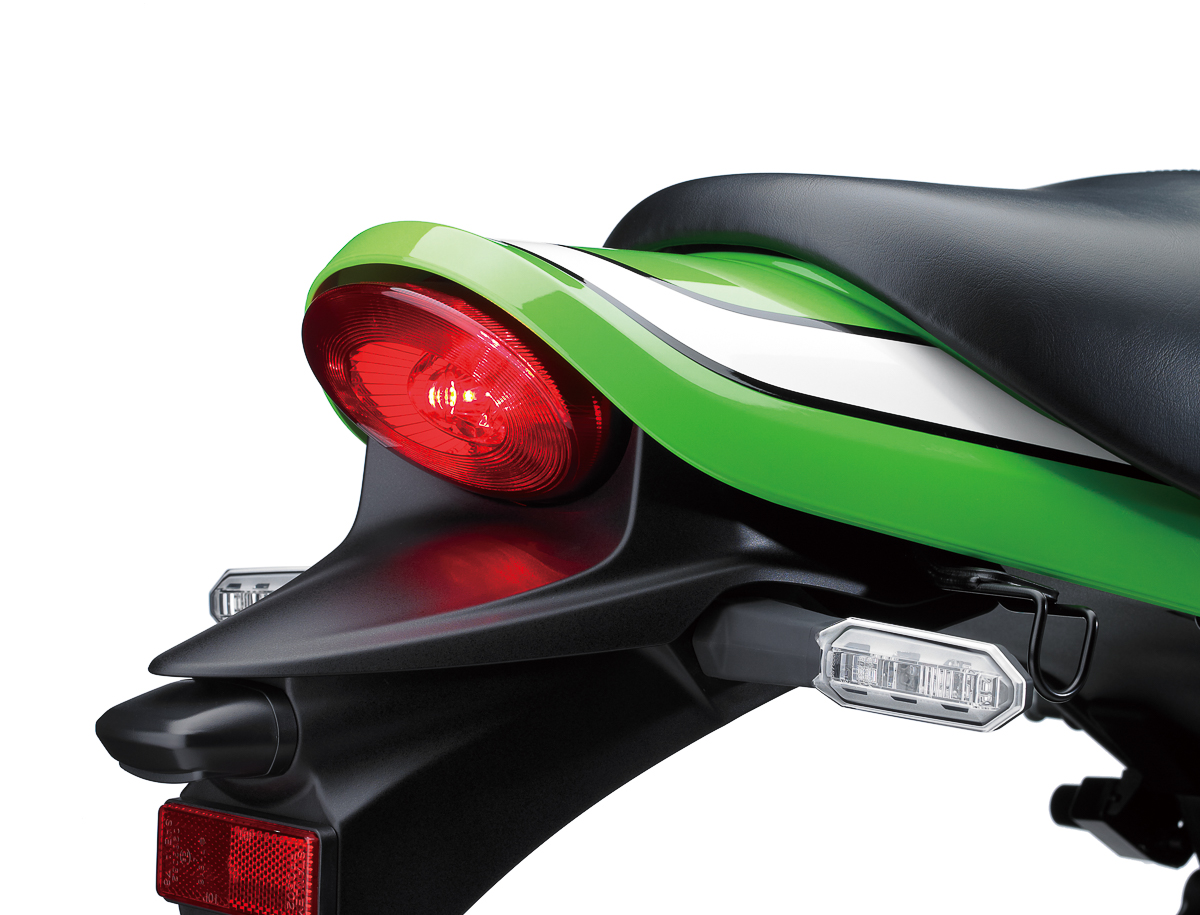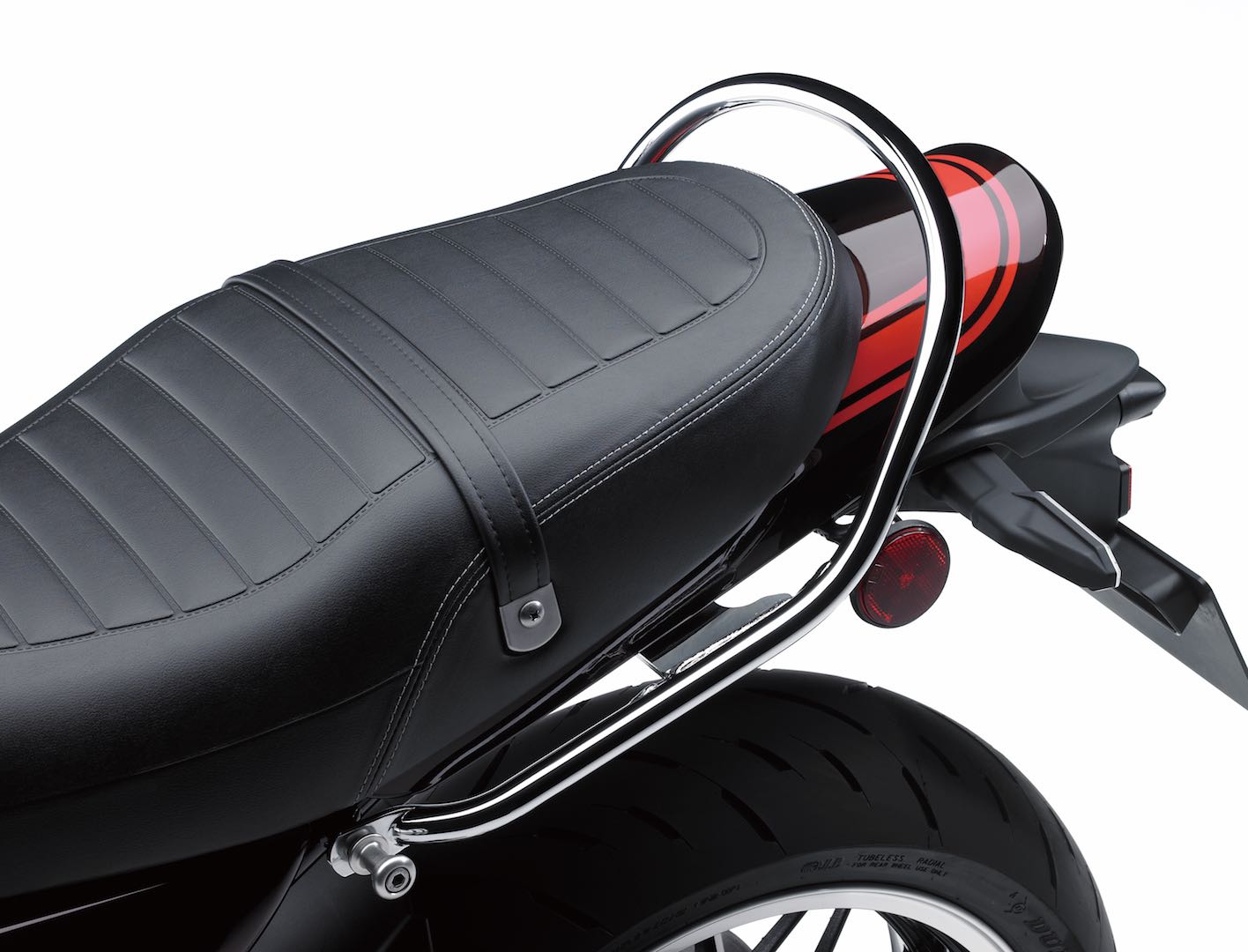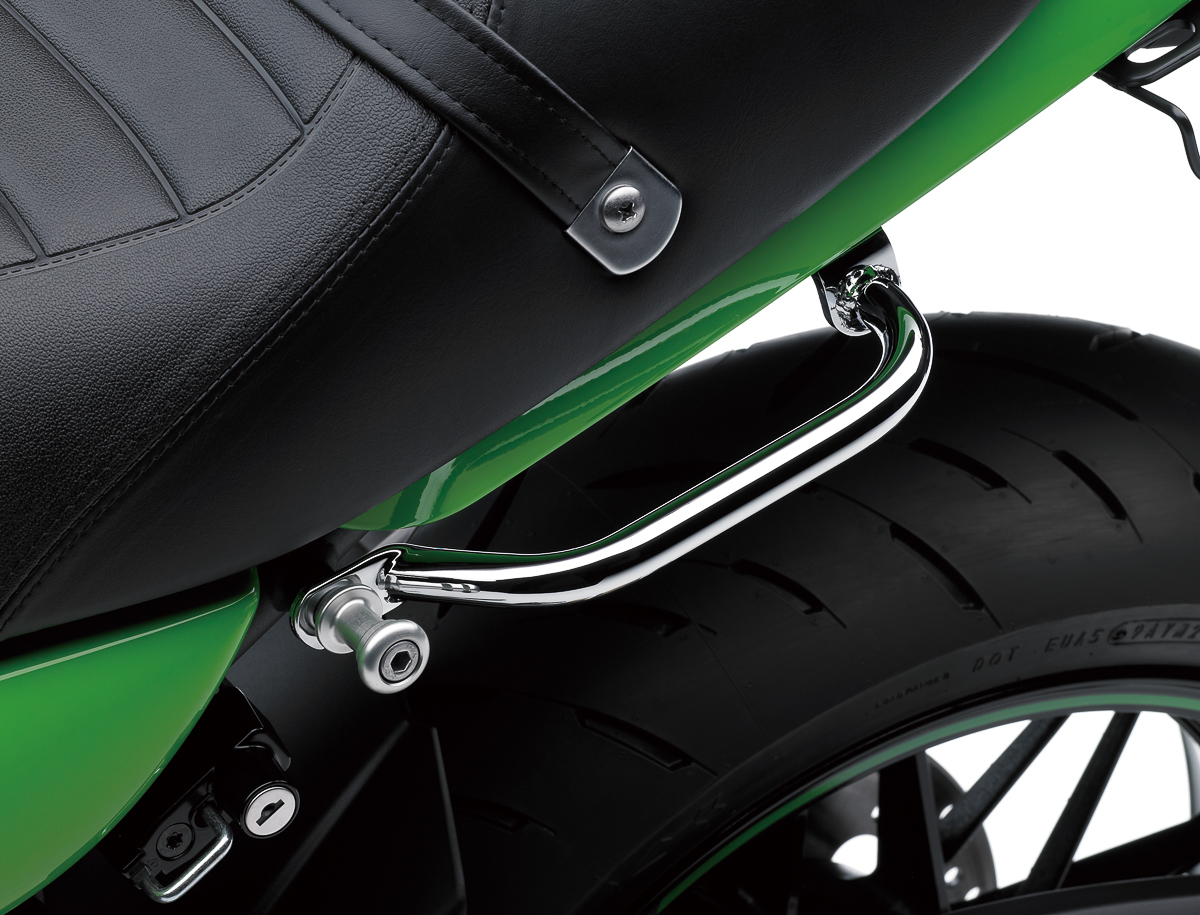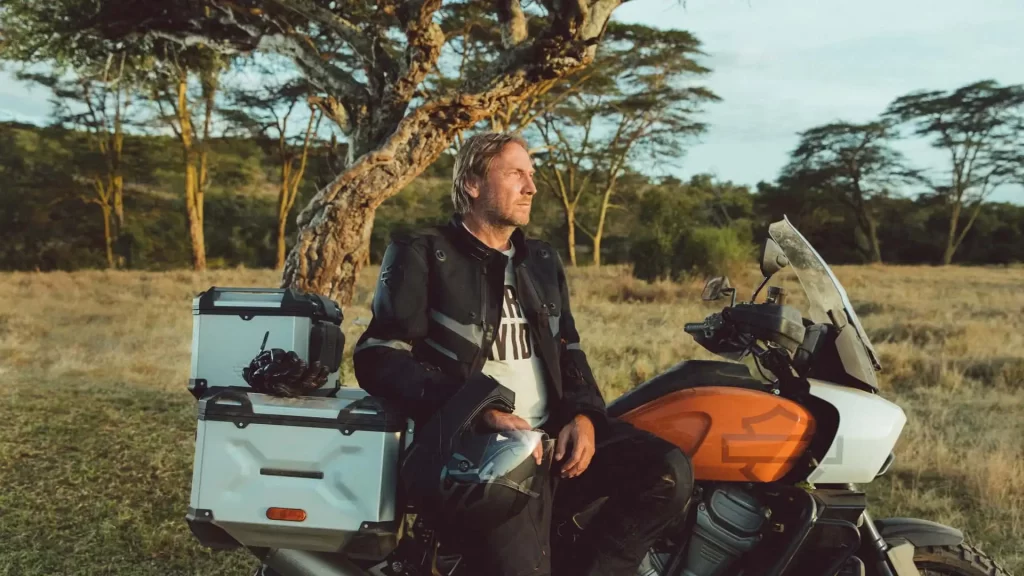-
We can expect the Kawasaki Z900RS and Z900RS Café in 2018.
-
Both bikes are truly modern bikes.
-
They’re set to take the market by storm.
We mourned the loss of the Kawasaki W800 modern retro. Here was a bike that looked properly retro: The engine had the bevel drive cover on the outside of the engine block, and beautifully polished aluminium accented cooling fins; the “bread loaf” seat; peashooter exhausts; twin rear shocks; even the front brake disc looked retro.
Then Kawasaki launched the W800’s replacement during EICMA last month. Called the Z900RS and Z900RS Café, they rocked the motorcycle fraternity.
Here are some of the features we are looking forward to.
Heritage
Back in 1972 (for model year 2013), Kawasaki unveiled the monster bike which cemented the Japanese manufacturer’s name as a premiere brand. It was the Z1.
The 900cc, inline-Four was the first air-cooled engine which featured double overhead camshafts (DOHC) and produced 82 bhp to propel the bike to 210 km/h. It was the fastest production bike of its time. It also went to dominate sales and Motorcycle News name it as the Best Bike of the Year four years in a row.
The Z1 went on to spawn the Kz900 which in turn gave birth to the dominant Kz1000-S1 which gave rise to GP greats Freddie Spencer, Eddie Lawson, Wayne Rainey, and Wayne Gardner.
It was also the bike in the popular TV series CHiPs.
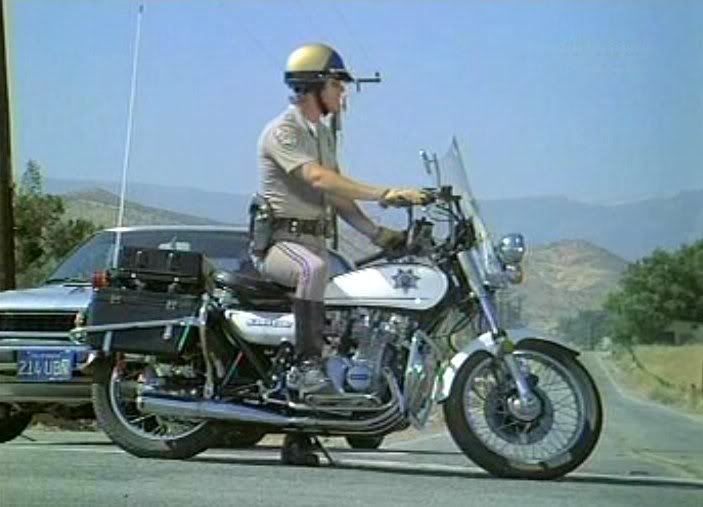
(Click here for our article on the evolution of famous Kawasaki motorcycles.)
Best Iteration of the Z1 Yet?
Kawasaki had revived the inline-Four modern classic in the vein of the Z1 before. Remember the Zephyr 400/750/1100 in the 1990’s?
How about the later ZRX1100 (1997 to 2005) and ZRX1200 (2001 to 2008), modeled after the mighty Kz1000R-S1?
They were surely beautiful, showing just eternally beautiful was the Z1’s form. However, these were fairly heavy.
The Z900RS on the other hand, weighs only 214 kg, ready to ride. Additionally, it features fully adjustable forks and a rear shock that’s derived from the ZX-10R superbike. A new, lightweight trellis frame holds it all together. The Z900RS is given a sporty rake angle of 25.4 degrees and trail of 88.9, ensuring agile handling.
Z1 Styling Cues
Oh yes, they’re all there.
The ducktail back end, oval rear light, machined engine fins, textured metal tank, side panel badges, cam covers, bread loaf seat, the instrument panel, and gauges that use the same fonts. Even the needles rest at the same angle as the original.
The new upper frame accommodates the seat and tear-shaped fuel tank. The two-tone orange and metallic brown paint are faithful reproduction of the original.
If you want a more racer-esque feel, opt for the Z900RS Café, which has a bikini fairing, lower handlebars and humped seat.
Let’s not forget the new 4-into-1 double-wall steel exhaust system, which most owners of the K1 modified to and mimics the Kz1000’s. Anyone know if Kerker still makes exhausts?
Torque!
Horsepower is useful for the track. Out here on the mean streets, it’s torque that rules.
While the Z900RS’s engine shares the same architecture as the Z900 naked sportbike’s, it’s tuned for more low- and mid-range grunt for the real world.
It means that you don’t have to shift like you’re auditioning for Riverdance when you need to overtake other vehicles and while riding at low speeds.
Practicality
Judging from how the bike looks, its spec sheet and reviews from overseas media, the Z900RS and Z900RS Café are both practical for the daily commute and weekend mountain road riding. It also looks like it has a more pragmatic riding position for all day comfort.
The way we see it, we could attach soft luggage on both sides (since it’s a monoshock) and tankbag without ruining the looks of the bike.
So there you go. We’re sure to discover many other great (and not so great) features of the bike when it arrives in Malaysia. Oh, that may be in the second quarter of 2018.

